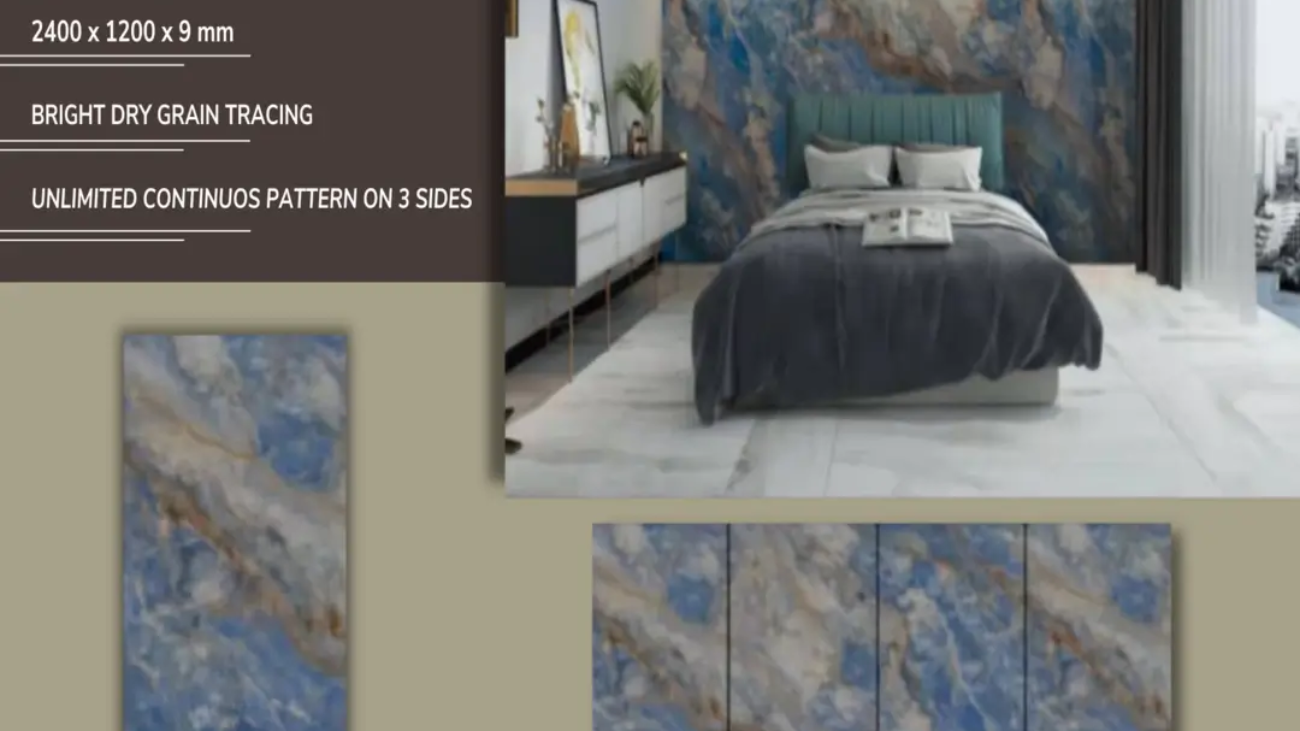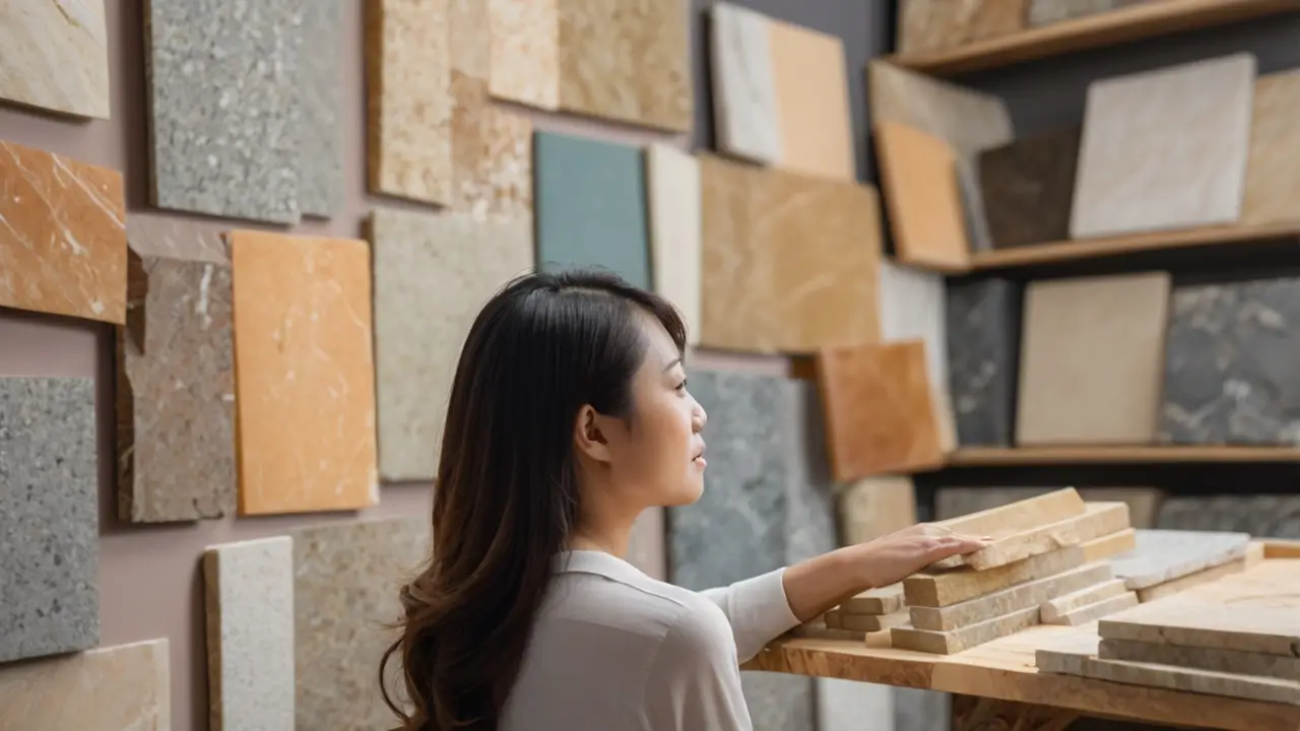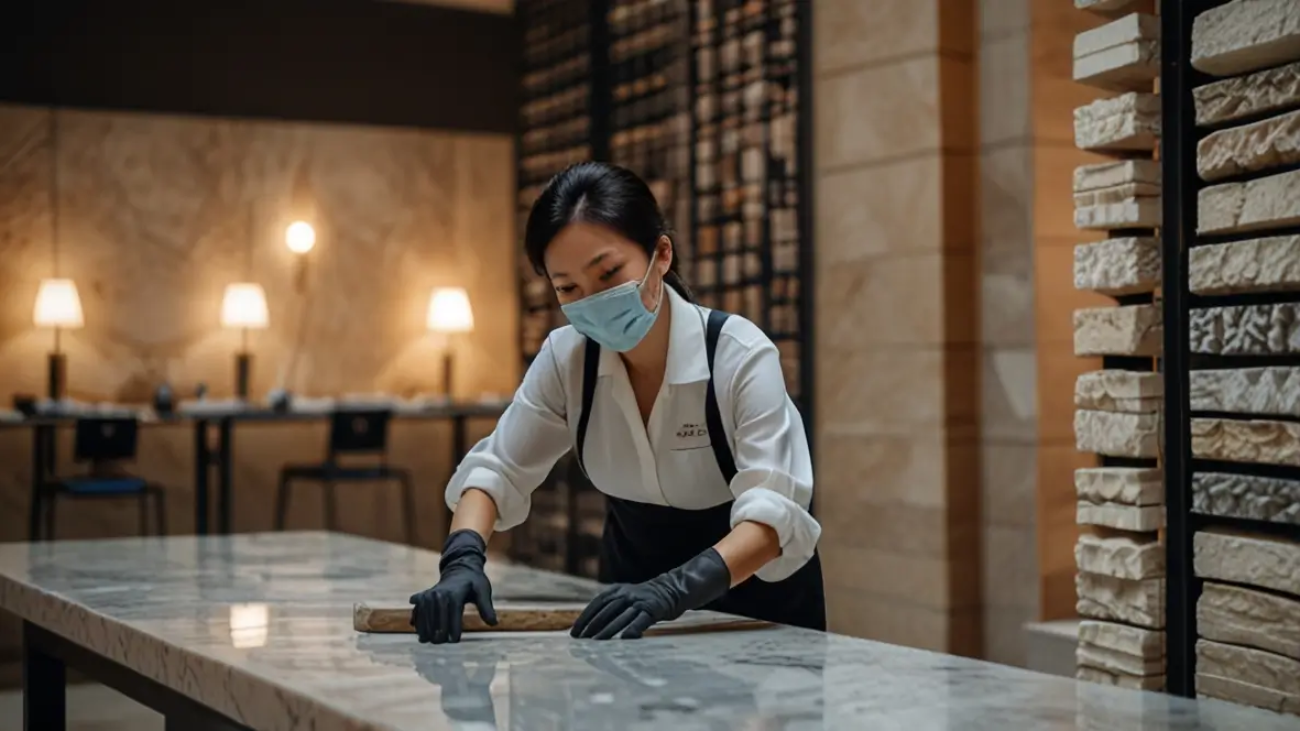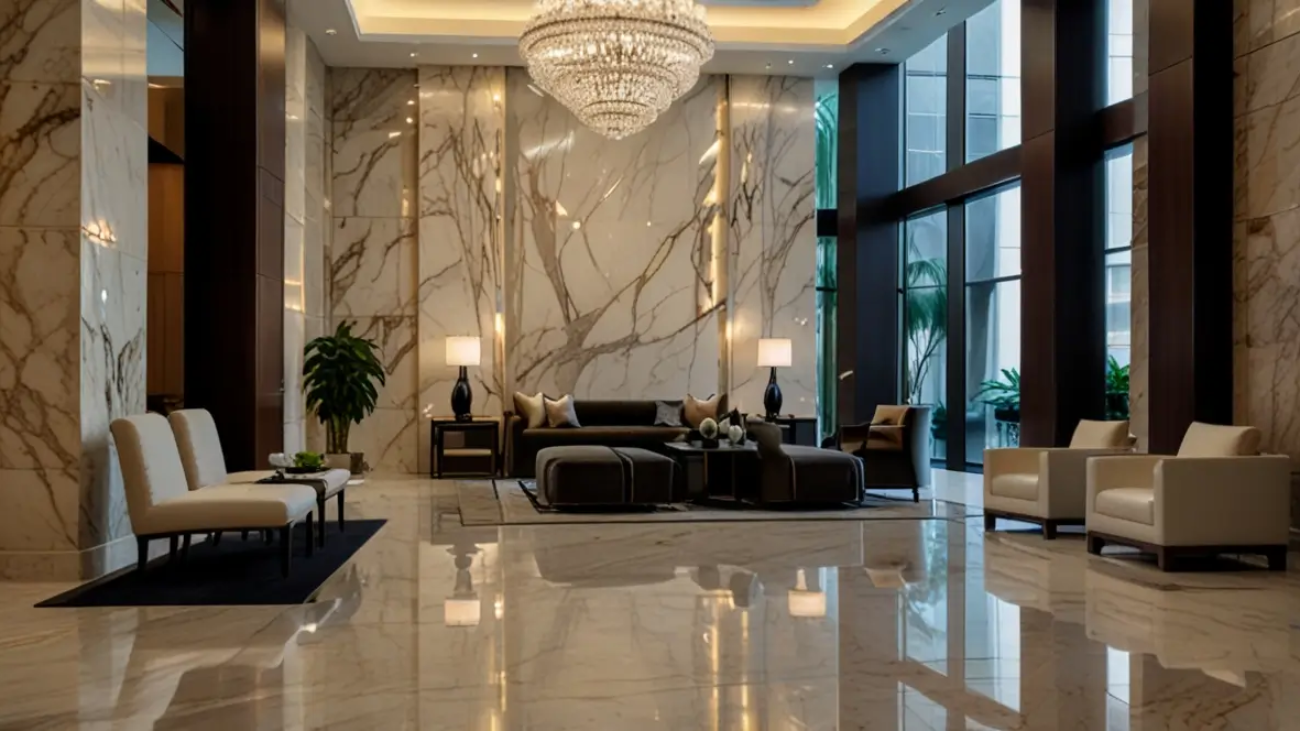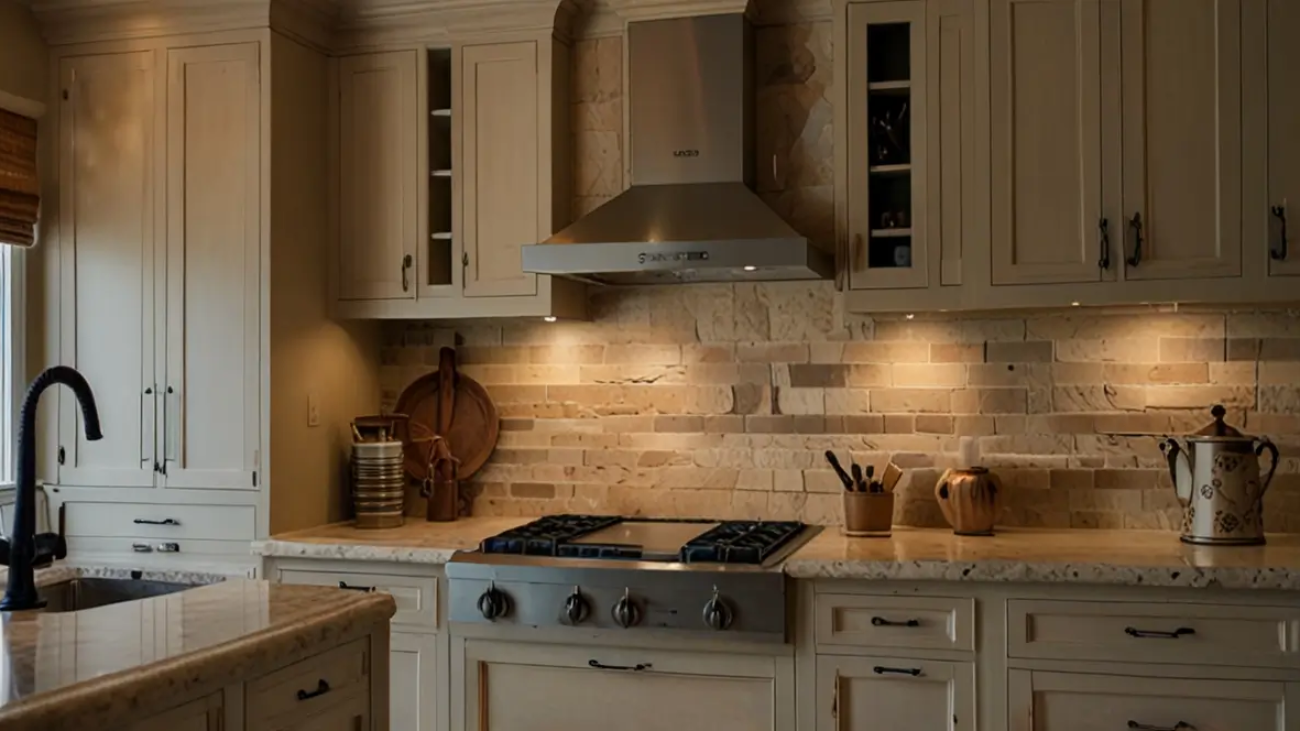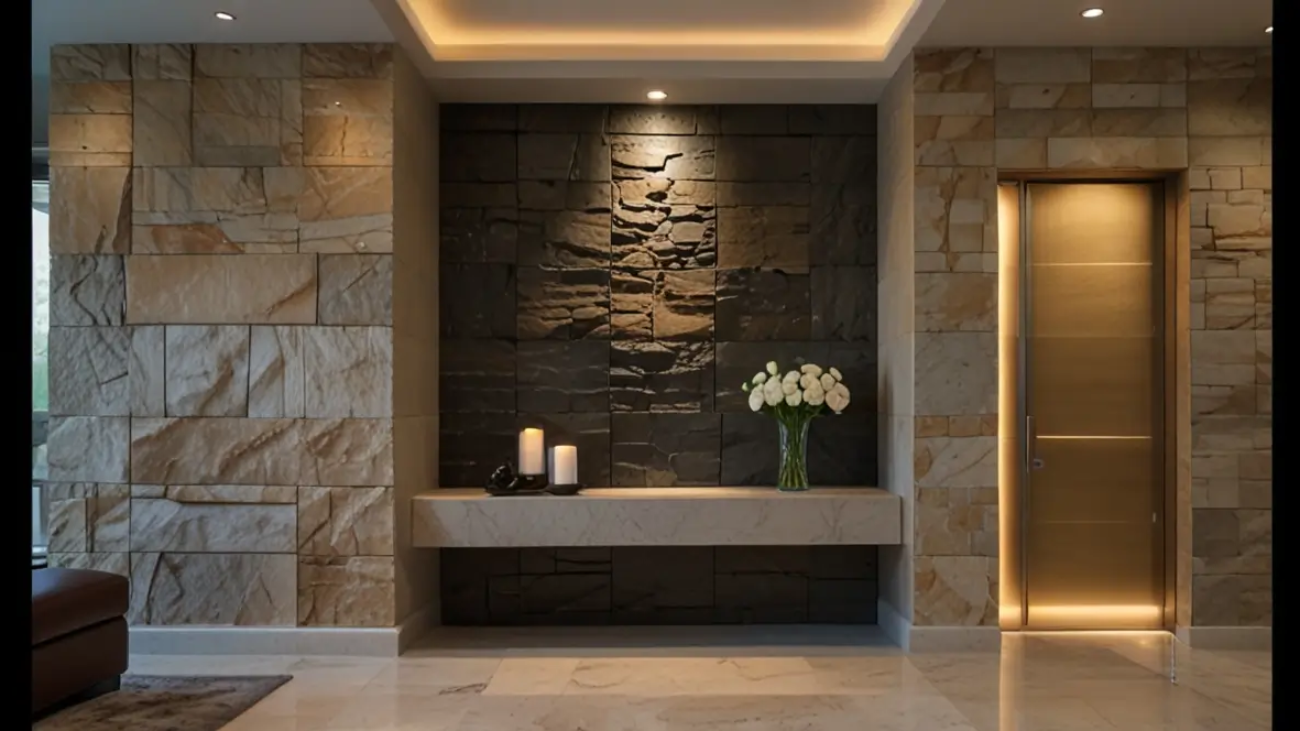Ultra-compact surfaces are a revolutionary material that has gained significant traction in the world of interior design, particularly in kitchen applications. These surfaces are engineered from a blend of raw materials, including natural minerals, glass, and resins, which are subjected to extreme heat and pressure during the manufacturing process. This results in a dense, non-porous material that boasts remarkable properties, making it an ideal choice for various surfaces in your home.
You may find ultra-compact surfaces in countertops, backsplashes, and even flooring, offering a seamless and sophisticated look that elevates any space. The unique composition of ultra-compact surfaces allows them to mimic the appearance of natural stone, wood, or even concrete while providing enhanced performance characteristics. This means you can enjoy the aesthetic appeal of high-end materials without compromising on functionality.
As you explore your options for kitchen design, understanding the nature of ultra-compact surfaces will empower you to make informed decisions that align with your style and practical needs.
The Benefits of Ultra-Compact Surfaces in Kitchen Design
Stain and Spill Resistance
One of the most significant advantages of ultra-compact surfaces is their resistance to stains and spills. Unlike traditional materials that may absorb liquids or harbor bacteria, ultra-compact surfaces are non-porous, making them easy to clean and maintain.
Easy Cleaning and Hygiene
This feature is particularly beneficial in a kitchen environment where food preparation and cooking can lead to messes. You can wipe away spills with ease, ensuring your surfaces remain pristine and hygienic.
Heat Resistance and Durability
In addition to their practical cleaning benefits, ultra-compact surfaces also provide a high level of heat resistance. This means you can place hot pots and pans directly on the surface without worrying about damage or discoloration. This durability allows you to work efficiently in the kitchen without the constant concern of protecting your countertops from everyday wear and tear.
Durability and Longevity of Ultra-Compact Surfaces
Durability is one of the hallmark features of ultra-compact surfaces, setting them apart from many other materials used in kitchen design. These surfaces are engineered to withstand the rigors of daily use, making them an excellent investment for your home. The manufacturing process creates a material that is resistant to scratches, chips, and cracks, ensuring that your countertops will maintain their beauty over time.
You can confidently chop vegetables or roll out dough without fearing for the integrity of your surfaces. Moreover, the longevity of ultra-compact surfaces means you won’t have to worry about frequent replacements or repairs. Unlike natural stone or laminate options that may require sealing or resurfacing, ultra-compact surfaces retain their original appearance with minimal upkeep.
This durability not only saves you time and money in the long run but also contributes to a more sustainable lifestyle by reducing waste associated with material replacements. As you plan your kitchen renovation, consider how the long-lasting nature of ultra-compact surfaces can enhance both your daily life and your overall investment.
Design Versatility and Aesthetics of Ultra-Compact Surfaces
One of the most appealing aspects of ultra-compact surfaces is their incredible design versatility. Available in a wide range of colors, textures, and finishes, these surfaces can seamlessly integrate into any kitchen aesthetic you envision. Whether you prefer a sleek modern look with glossy finishes or a rustic charm with textured surfaces, ultra-compact materials can be customized to suit your personal style.
This adaptability allows you to create a cohesive design that reflects your taste while enhancing the overall ambiance of your kitchen. In addition to their aesthetic appeal, ultra-compact surfaces can be fabricated into various shapes and sizes, allowing for unique design elements such as waterfall edges or integrated sinks. This flexibility enables you to push the boundaries of traditional kitchen design and create a space that is not only functional but also visually stunning.
As you explore different options for your kitchen remodel, consider how ultra-compact surfaces can elevate your design vision while providing the practicality needed for everyday use.
Environmental and Sustainable Aspects of Ultra-Compact Surfaces
As sustainability becomes an increasingly important consideration in home design, ultra-compact surfaces stand out for their environmentally friendly attributes. Many manufacturers prioritize eco-conscious practices by sourcing raw materials responsibly and utilizing energy-efficient production methods. This commitment to sustainability means that when you choose ultra-compact surfaces for your kitchen, you are making a choice that aligns with your values regarding environmental stewardship.
Additionally, the longevity and durability of ultra-compact surfaces contribute to their sustainability profile. By investing in materials that last longer and require less maintenance, you reduce the need for frequent replacements and minimize waste over time. Furthermore, because these surfaces are non-porous and resistant to bacteria, they promote a healthier living environment without the need for harsh chemical cleaners.
As you consider the environmental impact of your kitchen design choices, ultra-compact surfaces offer a compelling option that combines style with sustainability.
The Future of Kitchen Design with Ultra-Compact Surfaces
The Future of Kitchen Design
As we look to the future, it is clear that ultra-compact surfaces will play a crucial role in shaping the evolution of kitchen design. Homeowners are increasingly seeking materials that offer both beauty and functionality, and these surfaces are poised to become a staple in modern kitchens. The ongoing advancements in technology will likely lead to even more innovative designs and applications for ultra-compact materials, allowing for greater customization and personalization in your space.
Versatility in Modern Spaces
As trends shift towards open-concept living and multifunctional spaces, the versatility of ultra-compact surfaces will be invaluable. Their ability to blend seamlessly with various design elements makes them ideal for creating cohesive environments that flow from one area to another. Whether you are designing a contemporary kitchen or a more traditional space, ultra-compact surfaces will continue to provide solutions that meet both aesthetic desires and practical needs.
The Benefits of Ultra-Compact Surfaces
In conclusion, as you embark on your journey to create the perfect kitchen, consider the numerous benefits offered by ultra-compact surfaces. From their durability and low maintenance requirements to their stunning aesthetics and sustainable attributes, these materials represent a forward-thinking choice for modern homeowners. Embracing ultra-compact surfaces not only enhances your kitchen’s functionality but also aligns with contemporary design trends that prioritize both style and substance.
If you’re interested in the future of kitchen design, particularly the role of ultra-compact surfaces, you might also find value in exploring the benefits of using marble in your kitchen. Marble is not only aesthetically pleasing but also offers several functional advantages that align with modern design needs. For a deeper understanding of how marble can enhance your kitchen, consider reading the article “6 Benefits of Using Marble in a Modern Kitchen Design.” You can access this insightful piece by visiting here.
FAQs
What are ultra-compact surfaces?
Ultra-compact surfaces are a type of material made from a combination of natural raw materials, such as quartz, porcelain, and glass, that are compressed under extremely high pressure and heat. This process creates a dense, non-porous material that is highly resistant to scratching, staining, and heat.
Why are ultra-compact surfaces ideal for high-traffic areas?
Ultra-compact surfaces are ideal for high-traffic areas because they are extremely durable and resistant to wear and tear. They are also non-porous, which means they are resistant to staining and easy to clean. Additionally, ultra-compact surfaces are resistant to heat, making them suitable for areas with high foot traffic and potential exposure to hot items.
What are the benefits of using ultra-compact surfaces in high-traffic areas?
The benefits of using ultra-compact surfaces in high-traffic areas include their durability, resistance to scratching and staining, ease of maintenance, and ability to withstand high temperatures. They are also available in a wide range of colors and designs, making them suitable for various design aesthetics.
Where are some common high-traffic areas where ultra-compact surfaces are used?
Ultra-compact surfaces are commonly used in high-traffic areas such as commercial kitchens, airports, shopping malls, public restrooms, and outdoor public spaces. They are also popular for use in residential kitchens and bathrooms, particularly in homes with high levels of activity and foot traffic.

